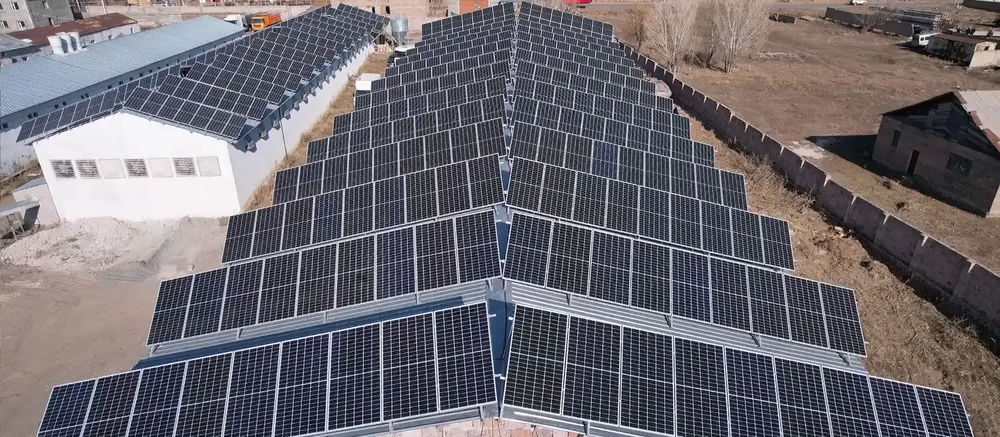Solar Panels Wired In Series Vs Parallel
The main difference between Solar Panels Wired In Series Vs Parallel is their wiring configuration. In a series connection, all of the solar panels are connected in one line or string. This means that the electricity generated by each panel passes through the other before entering into an inverter or battery bank. With this type of configuration, all of the solar panels must have equal voltage and wattage levels to ensure that no single panel is overloaded with too much current.
In contrast, when solar panels are wired in parallel, they are connected side-by-side instead of in a line. This allows for balanced electrical flow between the individual components, meaning that the amount of current running through each panel will be the same even if they have different wattage and voltage levels. The downside to this type of set up is that it can be more complex to install and maintain than series wiring.

Efficiency and Cost Savings
When it comes to efficiency and cost savings, both series and parallel configurations offer advantages depending on how much energy you need from your system. For instance, a series configuration may be more efficient if you need a large amount of energy quickly as all of the power from each panel will be focused into one output line – making it easier for higher wattage loads to travel through your system with less resistance than with parallel wiring. On the other hand, if you’re looking to maximize cost savings due to lower installation fees or space restrictions then you might find parallel wiring more beneficial since multiple smaller systems take up less area than just one large string of panels wired together in a series fashion.
Another factor that could affect which type of wiring is best for your particular situation is climate conditions as well as maintenance requirements. In sunny climates where temperatures tend to stay consistently warm throughout most months out of the year then a series configuration may work better since it helps reduce heat buildup within individual solar panels due to its evenly distributed current flow – making them less prone to overheating and thus reducing maintenance costs over time. However if extreme weather fluctuations occur frequently then using separate strings wired in parallel may make more sense as it allows for easier maintenance access without having to unplug an entire string just for fixing one faulty panel should something go wrong down the road.
Finally, how you choose between Solar Panels Wired In Series Vs Parallel often depends on your personal goals for installation size and energy output as well as where you live geographically (i.e., climate). While there’s no ‘one size fits all’ answer – taking into account factors such as budget constraints, location specific weather patterns or ease of maintenance –can help determine which type is best suited for you in terms of overall efficiency and cost effectiveness over time!

